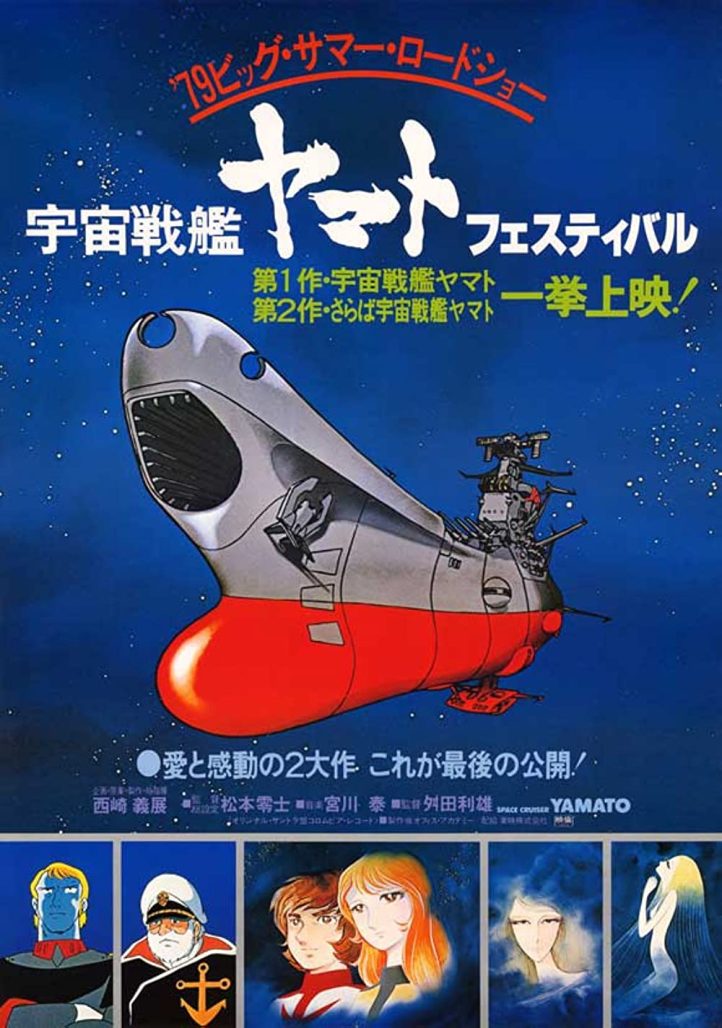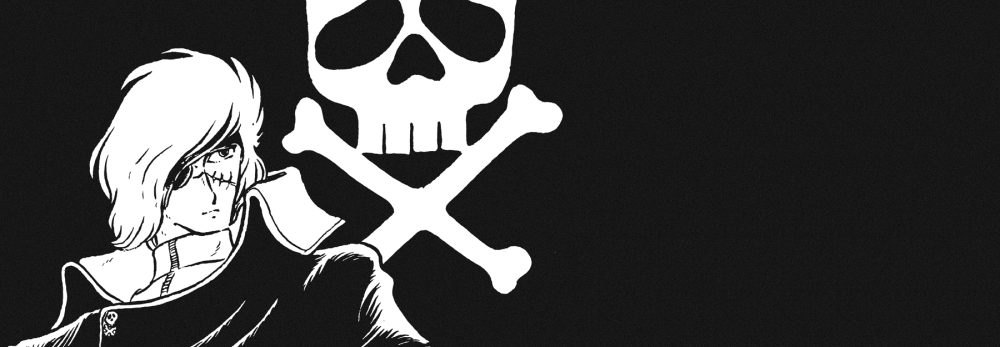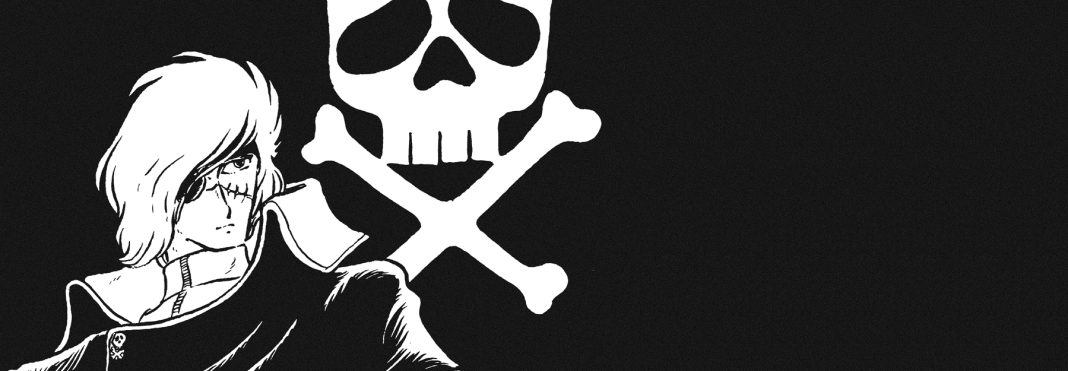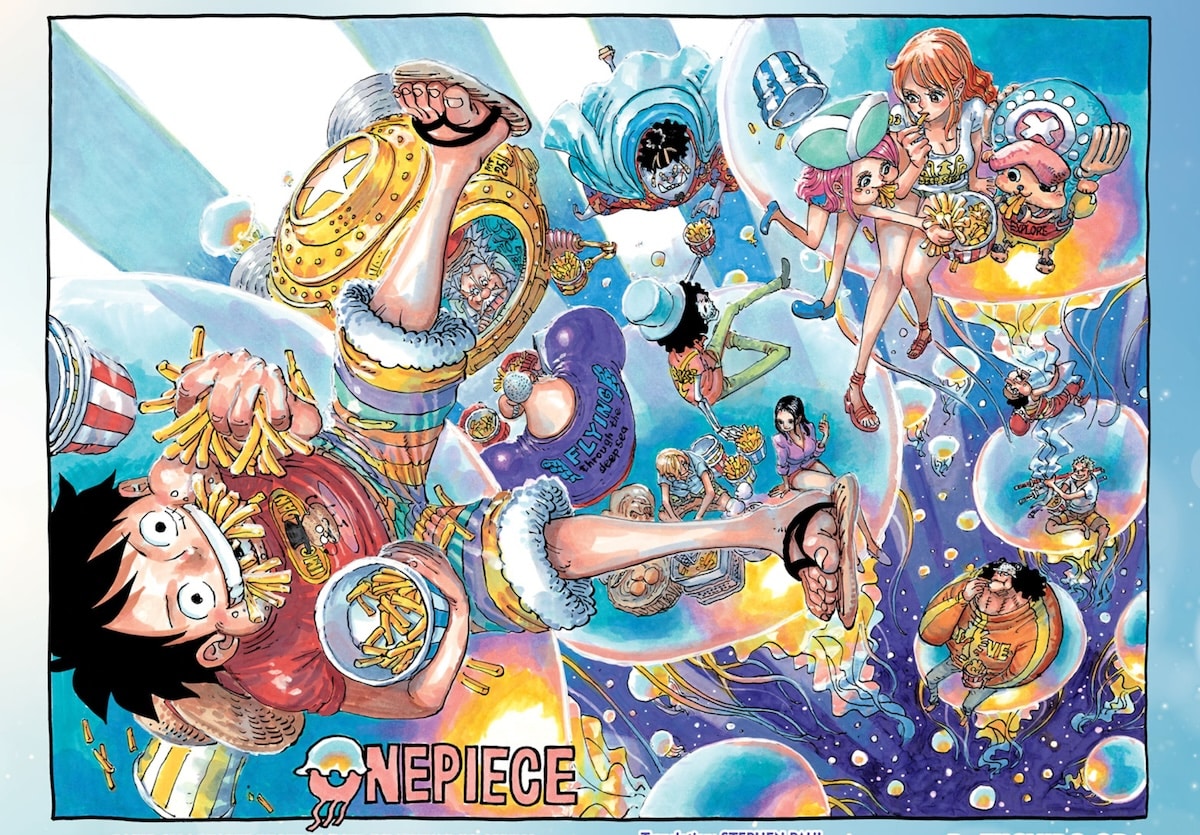Space Battleship Yamato, Galaxy Express 999, Space Pirate Captain Harlock, Queen Emeraldas… Leiji Matsumoto, the mangaka whose creative hand birthed numerous series of sweeping sci-fi space operas, died earlier this month, on February 13, 2023, age 85.
Embed from Getty ImagesBorn Akira Matsumoto on January 25, 1938 in Kurume, Fukuoka Prefecture, Matsumoto was fascinated from a young age by animation – and had access to Walt Disney and Max Fleischer 35mm animation projections at home in the early 1940s.
In a 1996 interview with Takayuki Karahashi, for Animerica magazine, Matsumoto said:
“The reasons I got into animation were Disney’s Snow White and Fleischer’s Gulliver’s Travels and Hoppity Goes To Town. Also, during the war, when I was still a child, yet to go to school, we had black-and-white films of Mickey Mouse and Betty Boop–we called her “Betty-san”–and we saw them at home. So even during the war, I was watching Mickey Mouse and Popeye animation at home. They stopped showing them in Japan during the war, but we had plenty of them, so we saw them all the time.. And since they were on 35mm film, I could see the film and understand how animation works, how each frame is slightly different from the others in sequence. This was before going to kindergarten, so I was perhaps four or five. So by the age of five or six I was already familiar with the mechanism of animation.”
The novels of H.G. Wells and the Japanese science fiction’s founder Unno Jūza drew a young Matsumoto to the possibilities of the genre, and the early work of Osamu Tezuka in turn inspired him to take up his pen and draw manga. By 1953, at the age of 15, he had won a contest in Manga Shonen for a sixteen-page work called “The Adventures of a Honeybee”.
At 18 he dropped out of university in Tokyo to pursue a full-time career as a manga artist, but was for a long time only able to get work in shojo (girls) manga. Eventually, to separate from his decade-and-a-half association with shojo, Akira Matsumoto took on the pen name Leiji, releasing Sexaroid under the name in 1968. His first breakthrough work as Leiji Matsumoto, however, came with 1971’s I Am a Man (Otoko Oidon), a slice of life manga about a ronin student who, after failing his initial college entrance exams, constantly seeks to reapply. It was met with acclaim, and Matsumoto followed it up with a Western and a set of short stories set in World War II.

In early 1974 he became involved in the animated series Space Battleship Yamato, which was at the time in troubled production. His involvement came under one condition: he would be running the show. After the initial director and subsequent replacements dropped out, Leiji Matsumoto was called in and he got his wish.
The 1996 interview again:
“In the beginning, I was asked if I’d do some art designs for them. I took a look at what they already had, but they had designs that wouldn’t fly. And the story wasn’t anything becoming of a future space-faring adventure. The art designs weren’t usable, nor were the spaceship designs, so I nixed them all and redrew all the designs. And then, I was asked if I’d get involved with everything, including the story. So I got involved with everything about it.”
He ended up drawing half of the storyboards for that first series. The end result produced one of the most influential Japanese anime series ever – with its overarching plotline, complex and relatively serious themes being echoed in later classic franchises Gundam, Evangelion and Macross. The 1979 Western release of Space Battleship Yamato – Star Blazers – proved hugely influential in its turn, being one of the first Japanese animations to draw the attention of US audiences. He wasn’t done yet.

From January 1977 to June 1979, Leiji Matsumoto saw publication of a manga series featuring romantic scifi hero Space Pirate Captain Harlock – about an outcast space captain and his crew – in Akita Shoten’s Play Comic. At the same time Matsumoto began his epic eighteen-volume space opera Galaxy Express 999 (Ginga Tetsudō Surī Nain) in Shonen Gahosha and Shogakukan’s Weekly Shonen King magazine. It would run through to November 1981. And at the same time he was also producing space western series Queen Emeraldas (1978-1979). All of these hits spawned animated adaptations.
Through subsequent decades Leiji Matsumoto remained involved in both the anime and manga space – particularly with animated adaptations of his creations.
His cultural impact at home and overseas was not forgotten in his lifetime – for the 1999 centenary of the city of Tsuruga, the Tsuruga Chamber of Commerce commissioned the Matsumoto Symbol Road featuring a series of some two-dozen bronze statues depicting characters and scenes from his series Galaxy Express 999 and Space Battleship Yamato. In 2001 Leiji Matsumoto received the Medal with Purple Ribbon and in 2010 the Order of the Rising Sun, Gold Rays with Rosette from the Japanese government. In 2012 he also received the Ordre des Arts et des Lettres from the French government for his works’ contribution to French culture.
His characters also continued. From 2014-2019 a reboot of Space Pirate Captain Harlock, entitled Captain Harlock: Dimensional Voyage, took place with Kōichi Shimahoshi on art. In 2021 a US-format sequel series of Captain Harlock was produced for Ablaze written and drawn by Jerome Alquié.








